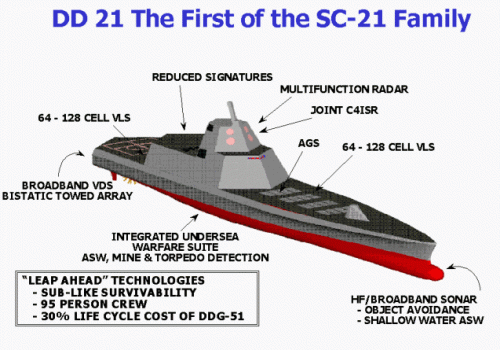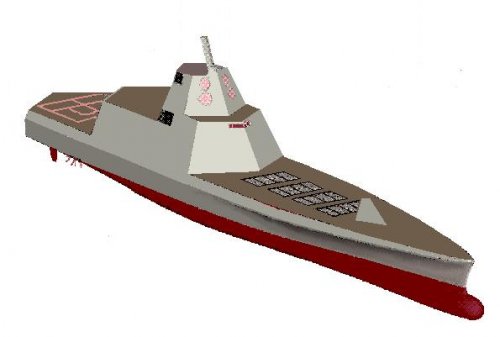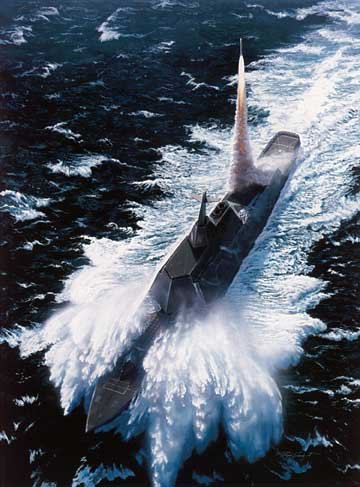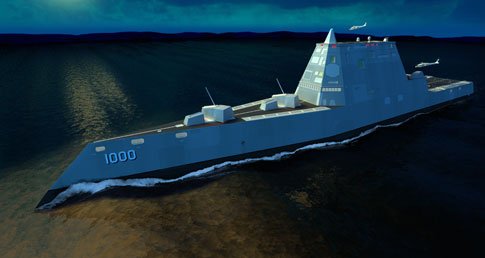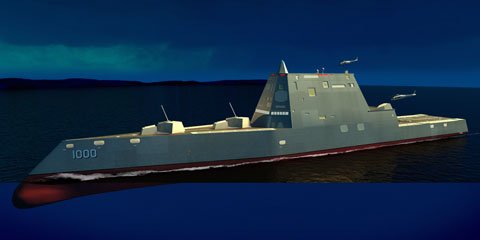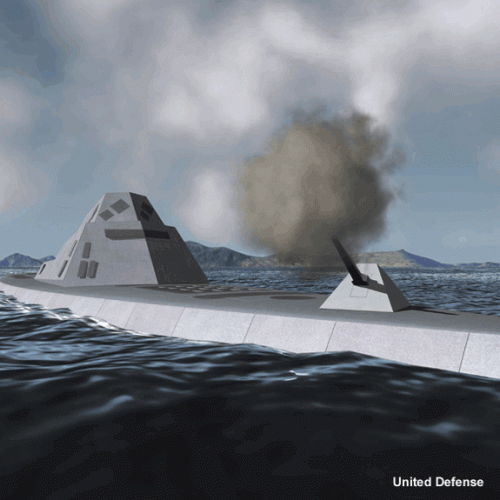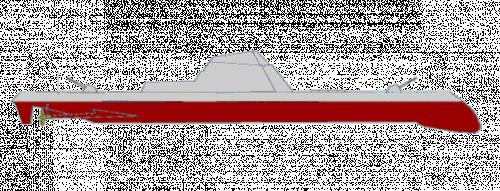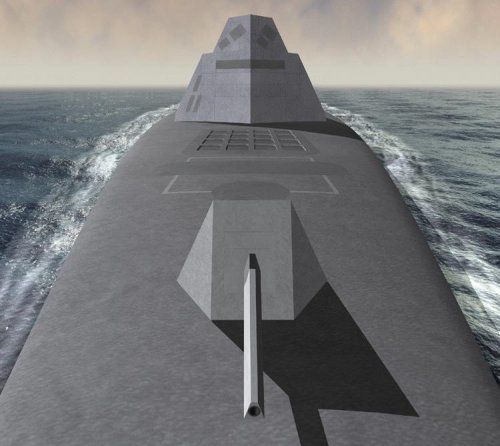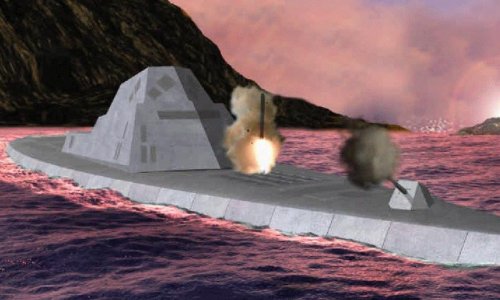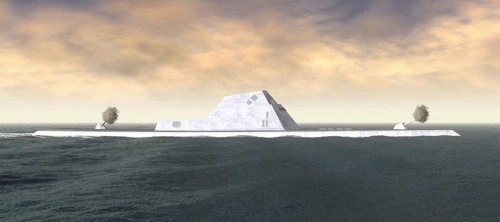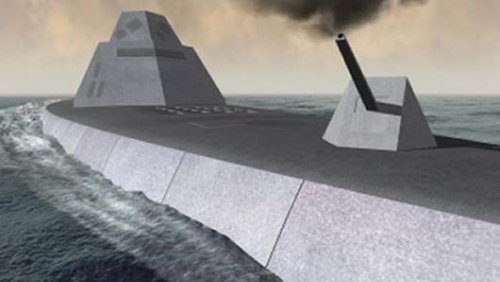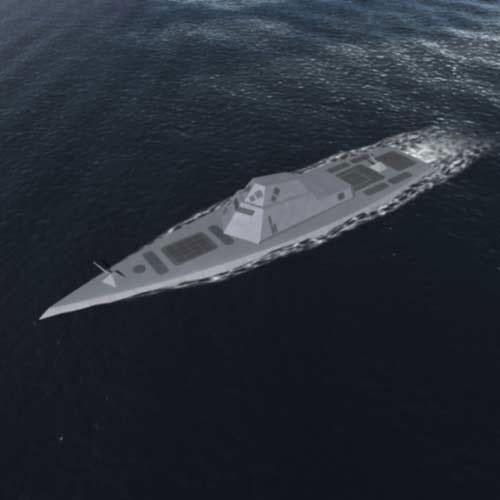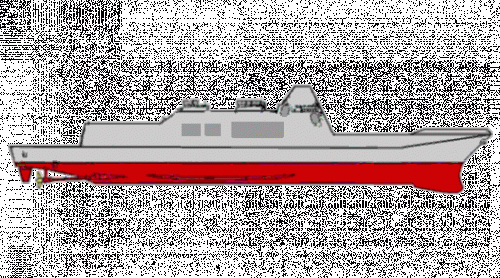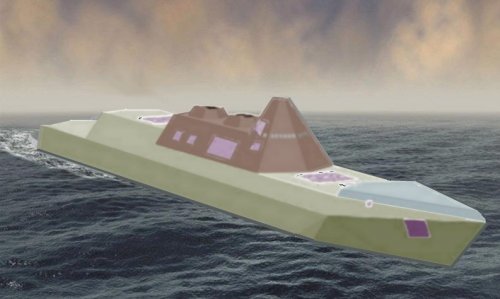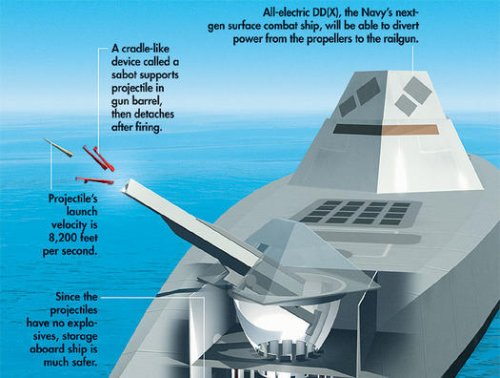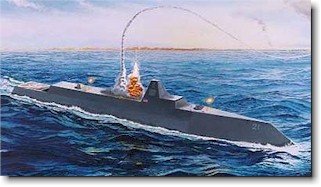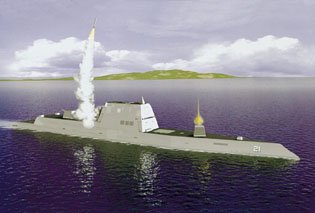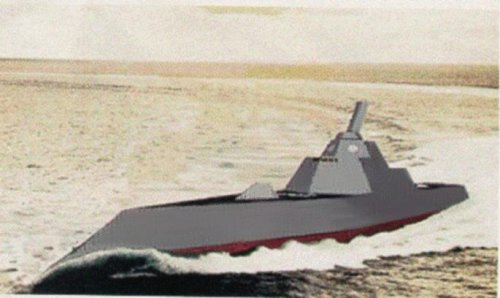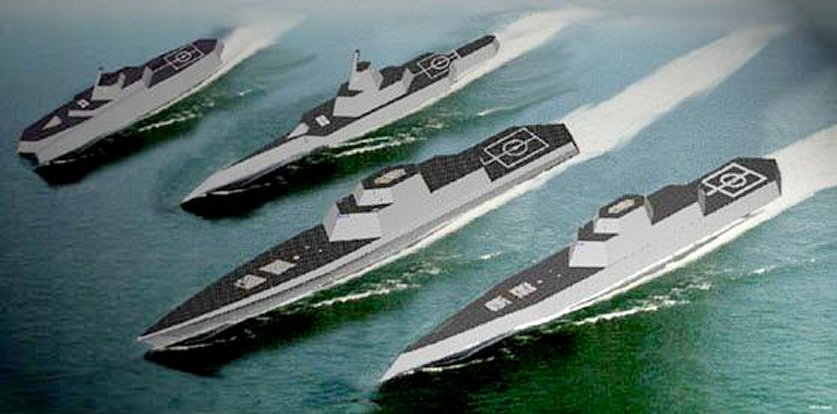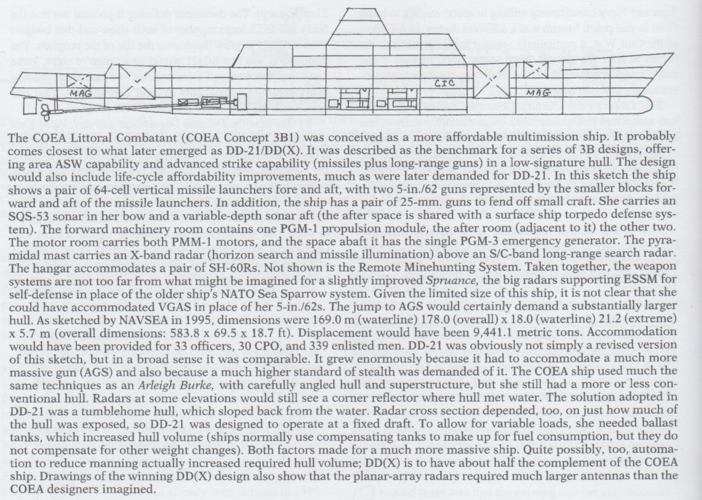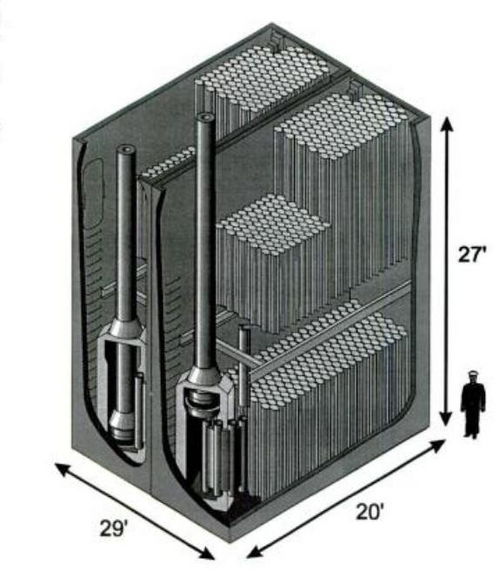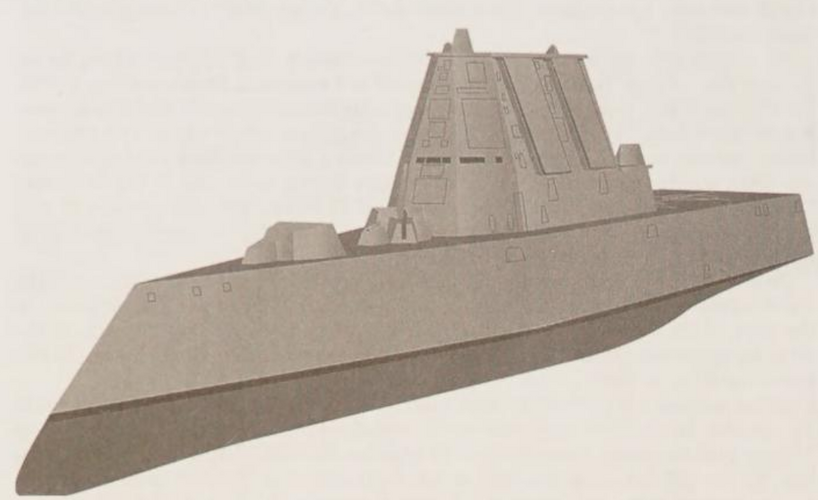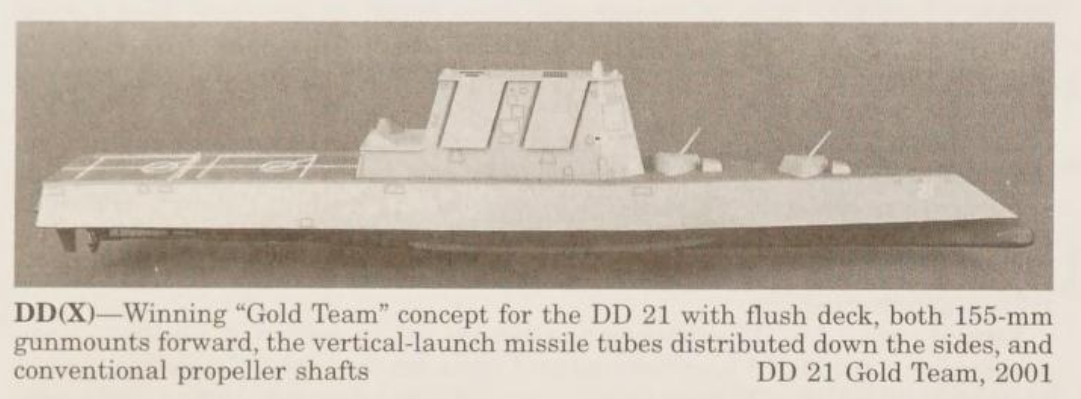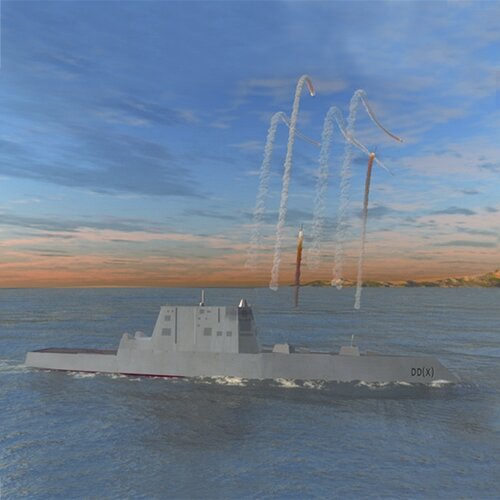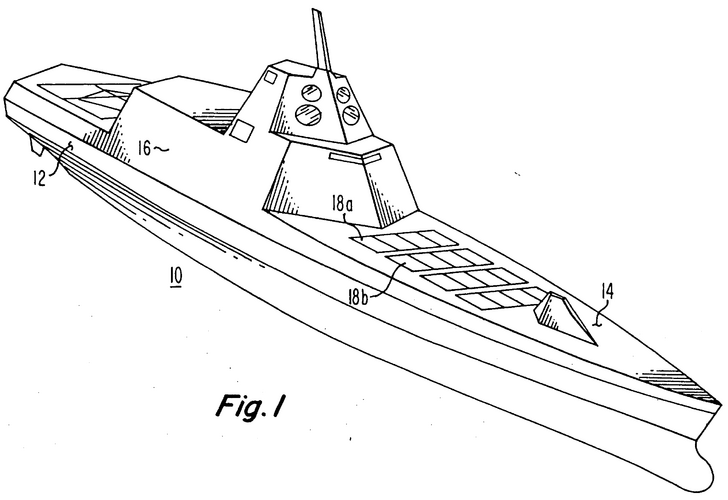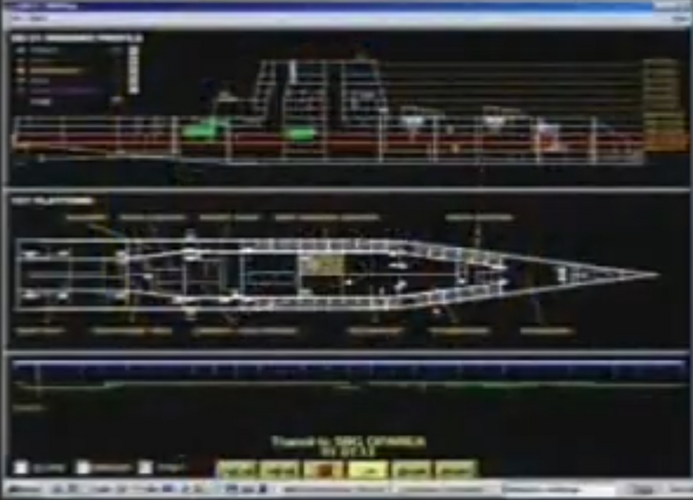Distributive Aperture System:
Initiate:
(U) For Surface Ships, the Navy will launch a technology program (FY02 through FY06) for a ship based Distributive
Aperture System (DAS) Infrared Search and Track (IRST) for transition to DDX, CGX, and CVNX. The staring IRST system
will enable a passive self-protection capability for U.S surface ships. The system will address the need for low
radar cross-section sensor for surface naval ships. The system will provide 360-degree staring panoramic view and
awareness at-sea and in port of the surface, air, and asymmetric target set. Each module of the staring system will
consist of focal plane arrays, anemorphic optics, stabilization, and modularization techniques. The ship’s combat
center will control the DAS through a central computer high-speed processor. The DAS, consisting of eight modules
for surface combatant ships will vary based on the size of ship. It will provide surface ships with a 360-degree
panoramic staring view on the horizon to line of sight, and be able to detect, declare, and track air contacts and
surface contacts within 2-3 seconds. The sensor modules will also be able to pan its view downward to view the
surface from the ship to line of sight for in port counterterrorism awareness. DAS will address the surface naval
ships needs for a passive fighting and in-port security ability. The Navy will demonstrate a three-module prototype
with a high-speed central computer in FY06. It is critical to demonstrate the technique to seam stitch three sensors
panoramic view.

